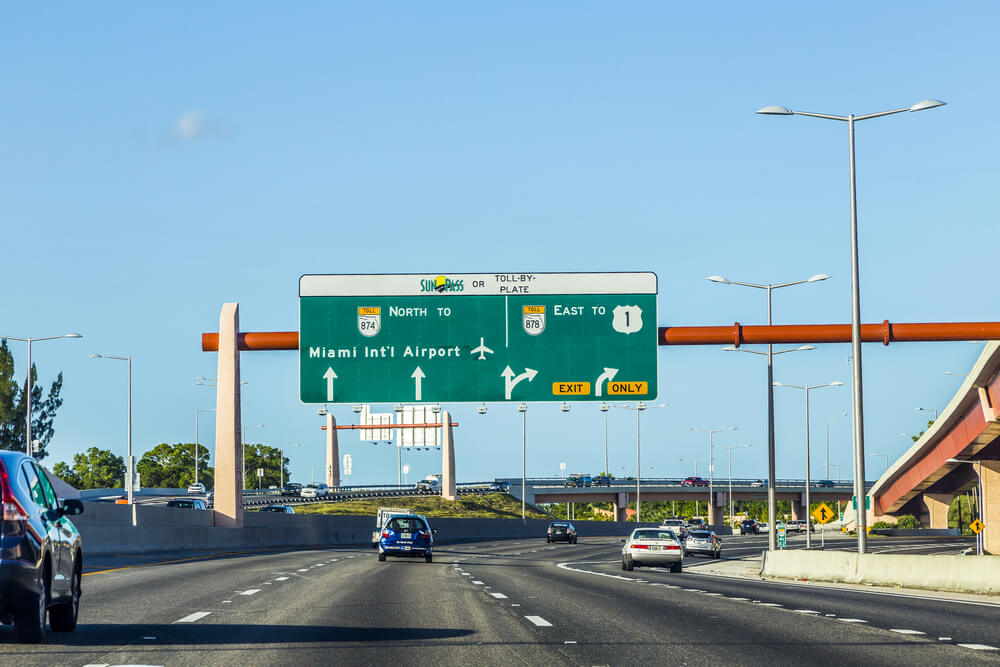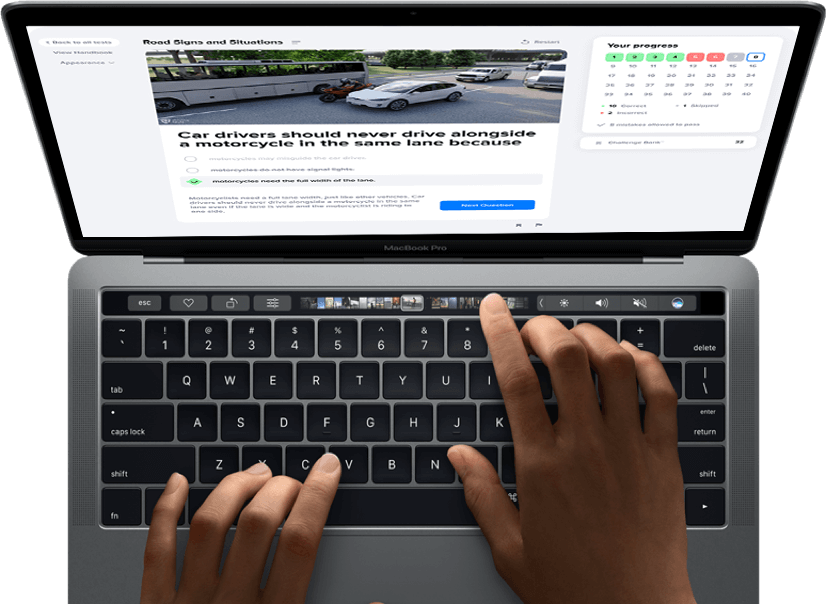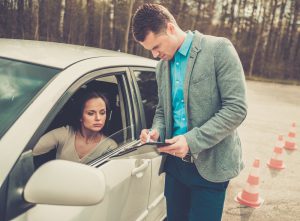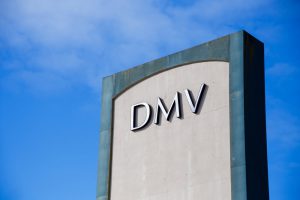Toll roads are not common in all areas of the United States; however, if one happens to become part of your route, there is no reason to recalculate. Tolls in the United States are typically very reasonable and can often get you to your destination quicker. Many people assume that the concept of a toll road is more complicated than it actually is. The phrase toll road, or turnpike, refers to a roadway to which access is restricted to drivers who pay a nominal fee which is used for its construction and upkeep. Many states, counties, municipalities, and private organizations use toll roads to provide motorists with high quality roads that they could not otherwise afford. Here’s how to use a toll road.
8 Guidelines for Using a Toll Road
- 1
The average toll in the United States is about five dollars. This rate varies greatly depending on the type of road that you are travelling on. Generally, the toll you are required to pay is reasonable either because the road is smoother and quicker than the alternative or because the road provides drivers with a remarkable view or experience.
- 2
Speaking of remarkable experiences, there is a multitude of spectacular toll roads across the United States: 17 Mile Drive through Pebble Beach, California; Lake Pontchartrain Causeway in Louisiana; and Chesapeake Bay Bridge-Tunnel, Virginia Beach, Virginia are just a few examples.
Rocky coastline along the 17 Mile Drive in Pebble Beach and Pacific Grove California![pebble beach]()
- 3
Many toll roads have several categories of vehicles. Vehicles with only two axles such as cars, vans, small pick-up trucks, and SUVs pay a lower toll than eighteen wheeled transfer trucks or vehicles that are pulling trailers. In some cases, motorcycles pay an even lower fee.
- 4
Toll roads are very useful in two specific regions of the United States. In the sparsely populated mid-west and west, toll roads are an effective means of providing residents, travelers, and tourists with modern, well-maintained roadways. In the metropolitan areas of New England, toll roads provide commuters with a quicker alternative route for a small fee.
- 5
Whether privately owned or managed by state departments of transportation, toll roads are generally very well advertised. There is no reason to be concerned about unexpectedly stumbling upon a toll road. In the majority of cases, toll roads are in place as an alternative to another route and are usually not mandatory.
- 6
Drivers pay tolls at toll booths. The style of toll booth you encounter on a toll road depends on the size and popularity of the toll road. Toll booths usually have several stations though which cars can pass to pay their toll, therefore preventing major traffic jams.
Turnpike toll booths in Pennsylvania![turnpike entry]()
- 7
Today many toll highways provide booth-less tolling, which registers your plates and sends you a bill by mail. Alternatively, you can buy a transponder if you know you’ll be using toll roads a lot. The most popular tolling system is E-ZPass, which is used in 15 states, but there are also local transponders.
North Carolina Highway 540. If you don’t have the NC Quick Pass, you’ll receive a bill in the mail (Mark Clifton)![pay by mail]()
- 8
Most toll booths accept a variety of payment types. Quarters, cash, debit and credit cards should be readily accepted; however, do not expect to pull out your check book at a toll booth.
The handful of change you pay to travel on a toll road may very well be money well spent. You are likely to experience less traffic, a well-maintained road surface, and possibly a beautiful view.








